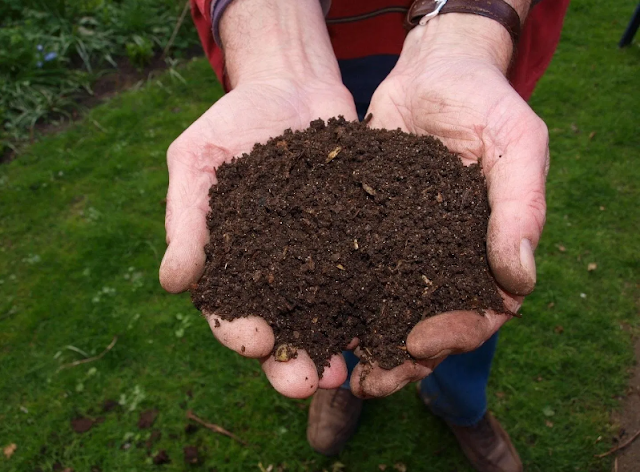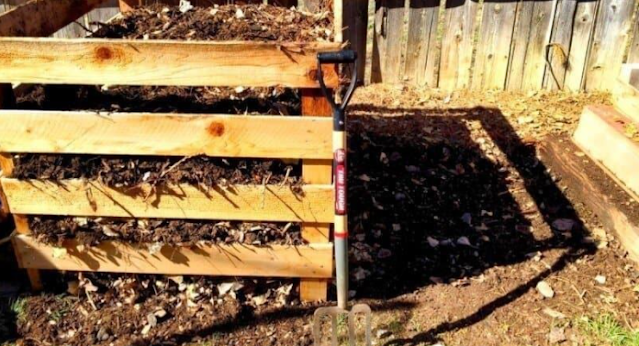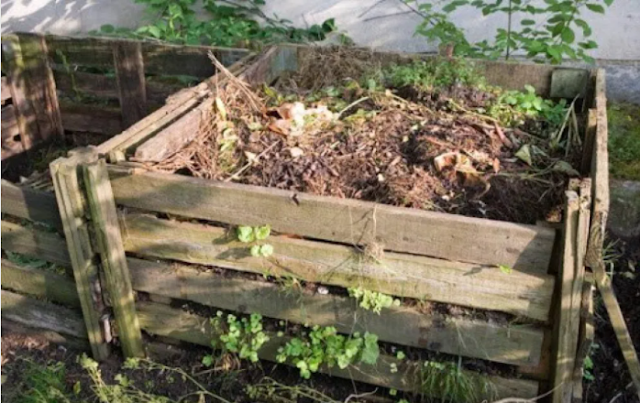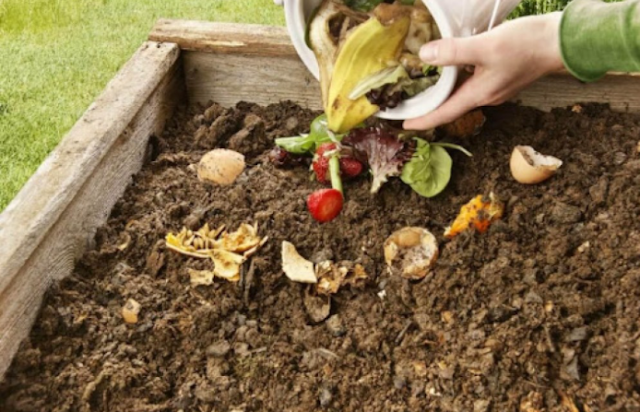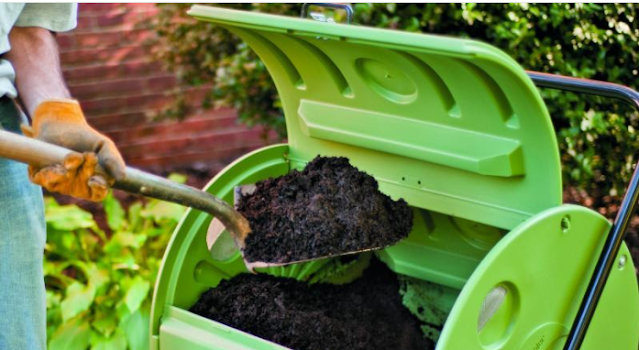Contents
Tips and Tricks for Making Your Own Compost Fertilizer at Home
Which plant owner would be willing to see his plants wilt due to lack of nutrients? Surely no one wants their plants not to thrive anymore. Therefore, plants should always be given compost regularly. Maybe you don’t have enough budget to buy compost. However, don’t worry because you can make your own compost at home.
How to make compost is also very easy and economical because you can try to practice it with the main ingredients of household waste. Without further ado, let’s see how to make compost from Lians below!
Tools and Materials Needed
To follow how to make compost from Lians, first you need a number of tools and materials needed. The tools you need are a basket with small holes, cardboard the size of a basket, and a place for composting, such as a basket, barrel, or brick. Meanwhile, the materials needed to follow this method of making compost are organic household waste and husks. Don’t forget, also prepare a decomposer or starter in the form of EM4. These starters can be found easily at farm stores.
how to make compost from kitchen waste
1. Sorting Organic Household Waste
As mentioned earlier, you need organic household waste to start this method of making compost. Examples of organic waste are dry leaves, grass, vegetable and fruit residues. Get into the habit of using two trash bins at home, where one place is for non-biodegradable waste, such as plastic, and the other is for organic waste that will become the forerunner of compost. Thus, in doing this method of making compost, you don’t have to bother sorting out the garbage again in the future.
2. Arrange the Compost Fertilizer Container
At the next stage in how to make compost, the basket with the prepared small holes needs to be placed in a shady area and not exposed to rainwater. After that, give a support at the bottom so that the air flow smoothly.
If so, place the husks at the bottom of the basket. The use of husks in this method of making compost serves as an absorber of excess water, odor control, and control of the number of microbes. The next step is to put the used cardboard on top of the husks to collect organic waste.
3. Placing Organic Household Waste
The most important point in how to make compost is to place the sorted organic waste. To do this method of making compost, cut organic household waste into small pieces. The smaller the pieces, the better for this method of composting.
After all have been cut, mix the garbage with the starter until evenly distributed. At this stage, the starter will begin to decompose the garbage. If the compost mixture is too wet, add husks or sawdust. For additional information, you can add orange peel to make the compost smell fresher.
4. Checking the State of Compost Fertilizer
As beginners, sometimes we are not sure whether the way to make compost is done correctly or not. The way to check is to dip your finger two centimeters deep in the compost. If it feels warm, then the composting process in how to make compost is in progress. On the other hand, compost that is not warm means the mixture is too dry. If so, add a little water to stimulate the performance of the microorganism.
This method of making compost takes one to two months. During this time, the dough needs to be stirred occasionally and added a little water if it starts to dry out. To find out whether the compost is ready or not, you can check it regularly. Ready-made compost has a black color and is not too wet and odorless.
Read also : 10 Recommended Indoor Ornamental Plants, Make Your Home Healthy and Beautiful!
5. Time to Harvest Compost Fertilizer
Well, you have entered the final stage of how to make compost. However, there are some things that still need attention. When the compost is ready to use, don’t use it all right away. Take a third of the part to fertilize the plant. Meanwhile, the rest of the compost can be used as a substitute for EM4 or as a starter for making the next compost. Please repeat how to make the compost from scratch.
Waste that cannot be processed into compost
Not all types of household waste can be processed into compost, you know. When you are sorting organic and inorganic waste, pay attention to the materials used in the organic waste. Here are some of the waste that is not recommended to be processed into compost as reported by zerowaste.id:
- Leftover meat and bones.
- Leftover fish and bones.
- Processed food leftovers.
- Oil containing fat or milk.
- Sewer mud.
- Inked paper.
- Glossy paper, coated paper, sticker.
Leftover food should not be processed into compost because it can cause unpleasant odors and create maggots. The oil is the same, plus the decomposition process is slow.
Using sewage sludge as compost material can cause disease. It is the same with the use of processed paper, because it contains toxins that are not good for plants. Therefore, pay close attention to the waste that you use to process compost, yes!
How to make compost above is very easy to try, right? Besides being able to fertilize plants, how to make compost is also a step to save the environment, you know! This is because indirectly the amount of waste in the environment will decrease. The reason is, some of the organic waste has been processed into fertilizer and is ready to be used to fertilize green land. In short, from nature will return to nature again.
If you succeeded in making compost, invite your neighbors to do it too, OK!
Check out other designs directly from your cellphone via WhatsApp Channel: https://whatsapp.com/channel/0029VaASACYFXUuYULZWe939.

